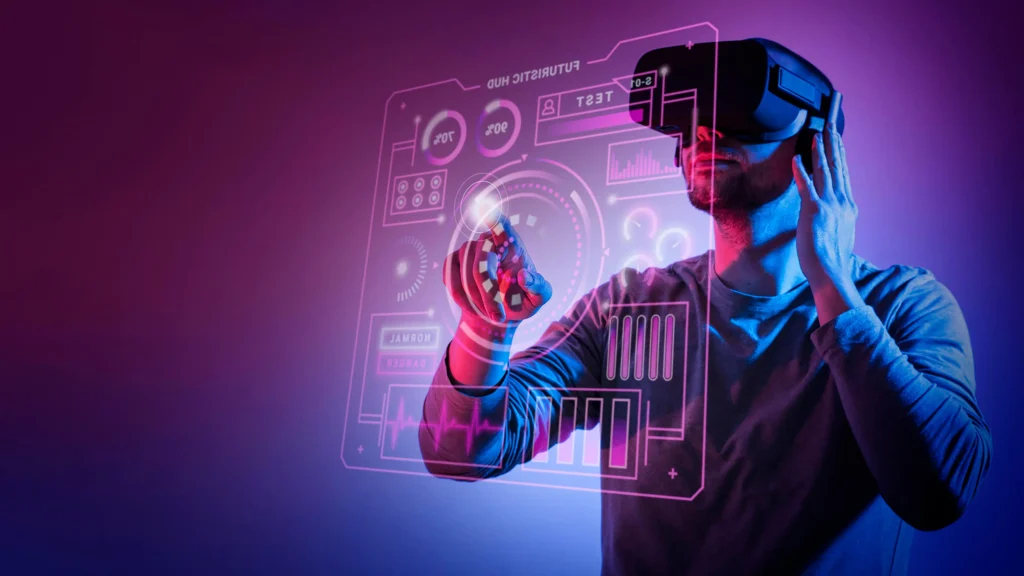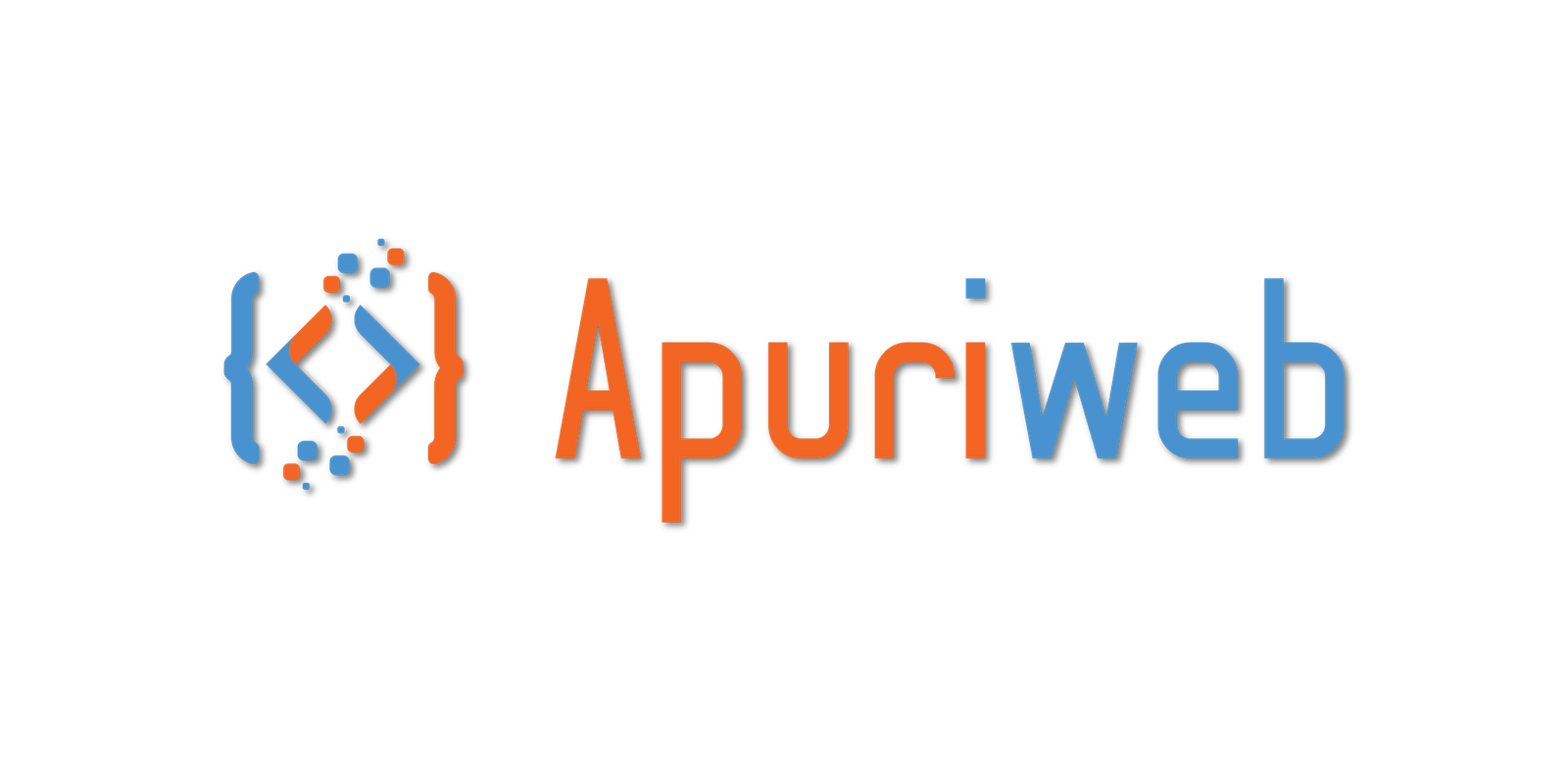
Absolutely, virtual reality (VR) is a fascinating field that offers a wide range of possibilities for innovation and creativity. Virtual reality involves creating a computer-generated environment that users can interact with and immerse themselves in. Here are some ideas and tips for working with virtual reality:
Virtual Reality Project Ideas:
Virtual Tours:
Create immersive virtual tours of historical sites, museums, art galleries, or landmarks from around the world. Users can explore these places as if they were there in person.
Educational Simulations:
Develop VR simulations for educational purposes. For example, you could create a chemistry lab simulation, medical procedure training, or physics experiments.
Architectural Visualization:
Design virtual walkthroughs of architectural designs. This allows clients to experience a building or space before it’s constructed.
Interactive Storytelling:
Craft interactive narrative experiences where users are part of the story. They can make choices that impact the storyline’s outcome.
Virtual Training:
Design training simulations for industries like aviation, military, or healthcare, where realistic scenarios can be practiced without real-world consequences.
Fitness and Health:
Develop VR applications that guide users through fitness routines or mindfulness exercises. These apps can make workouts more engaging and enjoyable.
Art and Creativity:
Create a virtual canvas where users can paint, sculpt, or create digital art in a three-dimensional space.
Gaming:
Design immersive VR games that provide users with an intense and captivating gaming experience.
Tips for Working with Virtual Reality:
Understand VR Platforms:
Familiarize yourself with VR platforms and hardware, such as Oculus Rift, HTC Vive, and PlayStation VR. Each platform has its own development requirements and capabilities.
User Experience:
Focus on creating a comfortable and intuitive user experience. Avoid motion sickness triggers and design user interfaces that are easy to navigate in a virtual environment.
Optimization:
VR demands high-performance graphics and processing power. Optimize your application to ensure smooth performance and reduce latency.
Interaction:
Implement intuitive and realistic ways for users to interact with the virtual environment. This can include hand gestures, motion controllers, or gaze-based interaction.
Testing:
Regularly test your VR application with a variety of users. Collect feedback to improve user comfort, interface design, and overall experience.
Realism and Immersion:
Strive for realism in the virtual environment. High-quality graphics, spatial audio, and interactive elements contribute to a more immersive experience.
Content Creation Tools:
Learn about VR content creation tools such as Unity3D, Unreal Engine, and A-Frame. These tools can simplify the process of creating VR experiences.
Documentation:
Document your code, design decisions, and any challenges you encounter during the development process. This will be valuable for future updates and collaborations.
Legal and Ethical Considerations:
Be aware of legal and ethical considerations related to VR, especially if you’re collecting user data or dealing with sensitive content.
Virtual reality offers a new dimension of creativity and engagement. Whether you’re building applications for entertainment, education, training, or other purposes, the possibilities in the VR space are vast and exciting.
